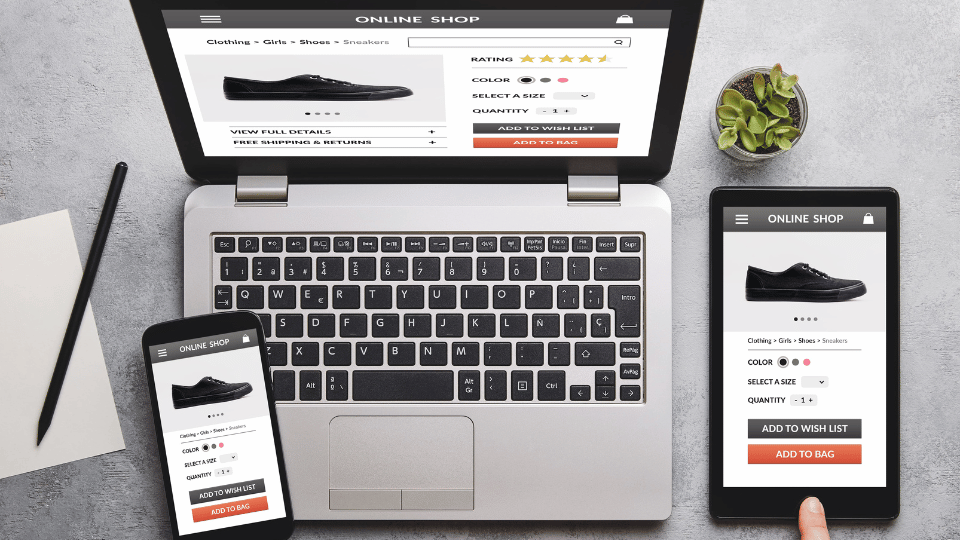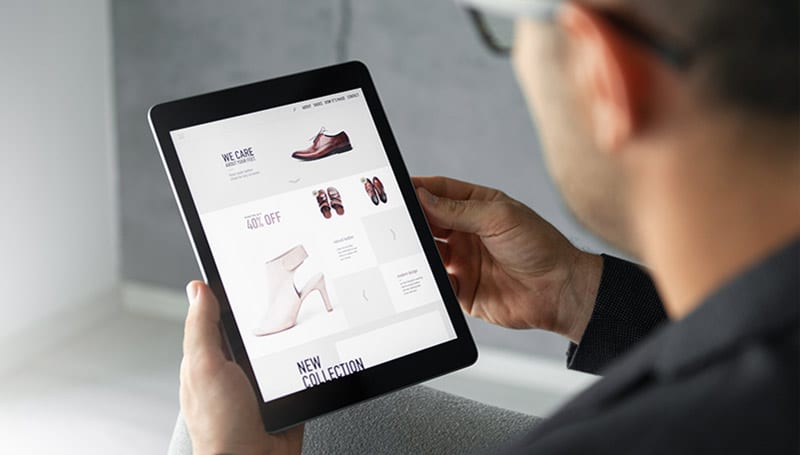In the fast-paced world of design, ensuring a seamless user experience is paramount. User Experience (UX) testing techniques play a crucial role in identifying potential issues and improving the overall usability of a product or service.
By implementing the right UX testing strategies, designers can gather valuable insights that inform design decisions and enhance user satisfaction. In this article, we will explore the top 10 UX testing techniques that can help you achieve effective results in your design projects.
1. Usability Testing
Usability testing involves observing real users as they interact with a product or prototype. By gauging how users navigate through the interface and complete tasks, designers can identify usability issues and areas for improvement. Usability testing can be conducted in-person or remotely, depending on the project requirements.
2. A/B Testing
A/B testing, also known as split testing, involves comparing two versions of a design to determine which one performs better in terms of user engagement and conversions. By testing variations of elements such as colors, layouts, and calls to action, designers can optimize the user experience based on data-driven insights.
3. Prototyping
Prototyping allows designers to create interactive mockups of their designs for testing purposes. By simulating the user flow and interactions, designers can gather feedback early in the design process and iterate on their designs before final implementation. Tools like Adobe XD, Sketch, and InVision are commonly used for prototyping.
4. Eye Tracking
Eye tracking technology enables designers to track and analyze where users look on a screen during a usability test. By understanding visual attention patterns, designers can optimize the placement of important elements and enhance the overall visual hierarchy of the design.
5. Click Testing
Click testing, also known as heat mapping, involves tracking and analyzing where users click on a webpage or prototype. By identifying areas of high and low interaction, designers can optimize the placement of buttons, links, and other interactive elements to improve user engagement.
6. Card Sorting
Card sorting is a technique used to organize information and improve the navigation structure of a website or application. By asking users to categorize and prioritize content into groups, designers can create intuitive information architectures that align with user mental models.
7. Surveys and Questionnaires
Surveys and questionnaires are valuable tools for gathering qualitative feedback from users about their experience with a product or service. By asking targeted questions, designers can uncover user preferences, pain points, and suggestions for improvement.
8. Remote Testing
Remote testing allows designers to conduct usability tests with participants located in different geographic locations. By leveraging remote testing tools and platforms, designers can reach a diverse pool of users and gather feedback without the constraints of physical proximity.
9. Guerrilla Testing
Guerrilla testing involves conducting impromptu usability tests in public spaces with random participants. By approaching individuals and gathering quick feedback on a design prototype, designers can gain valuable insights from a diverse range of users in a low-cost and informal setting.
10. Expert Reviews
Expert reviews involve having experienced UX professionals evaluate a design based on established usability principles and best practices. By conducting heuristic evaluations and usability audits, designers can identify potential issues and receive actionable recommendations for improving the user experience.
Conclusion
By incorporating these top 10 UX testing techniques into your design process, you can enhance the usability, accessibility, and overall quality of your designs. Whether you are creating a website, mobile app, or digital product, investing in UX testing is essential for delivering user-centric solutions that meet the needs and expectations of your target audience.
Key Takeaways:
- Usability testing, A/B testing, prototyping, eye tracking, click testing, card sorting, surveys, remote testing, guerrilla testing, and expert reviews are essential UX testing techniques for improving user experiences.
- Incorporating these techniques can help designers identify usability issues, optimize designs, and enhance user satisfaction.
- Investing in UX testing is crucial for creating user-centric solutions that meet the needs and expectations of your target audience.
- To further enhance your UX design skills and knowledge, consider enrolling in the Parsons UX Design Foundations online course and certificate program offered by Yellowbrick.
Enhance your UX design expertise and take your career to the next level with the Parsons UX Design Foundations online course. Master the essential principles and techniques of user experience design to create impactful and user-friendly designs. Elevate your skills and stay ahead in the competitive design industry.




